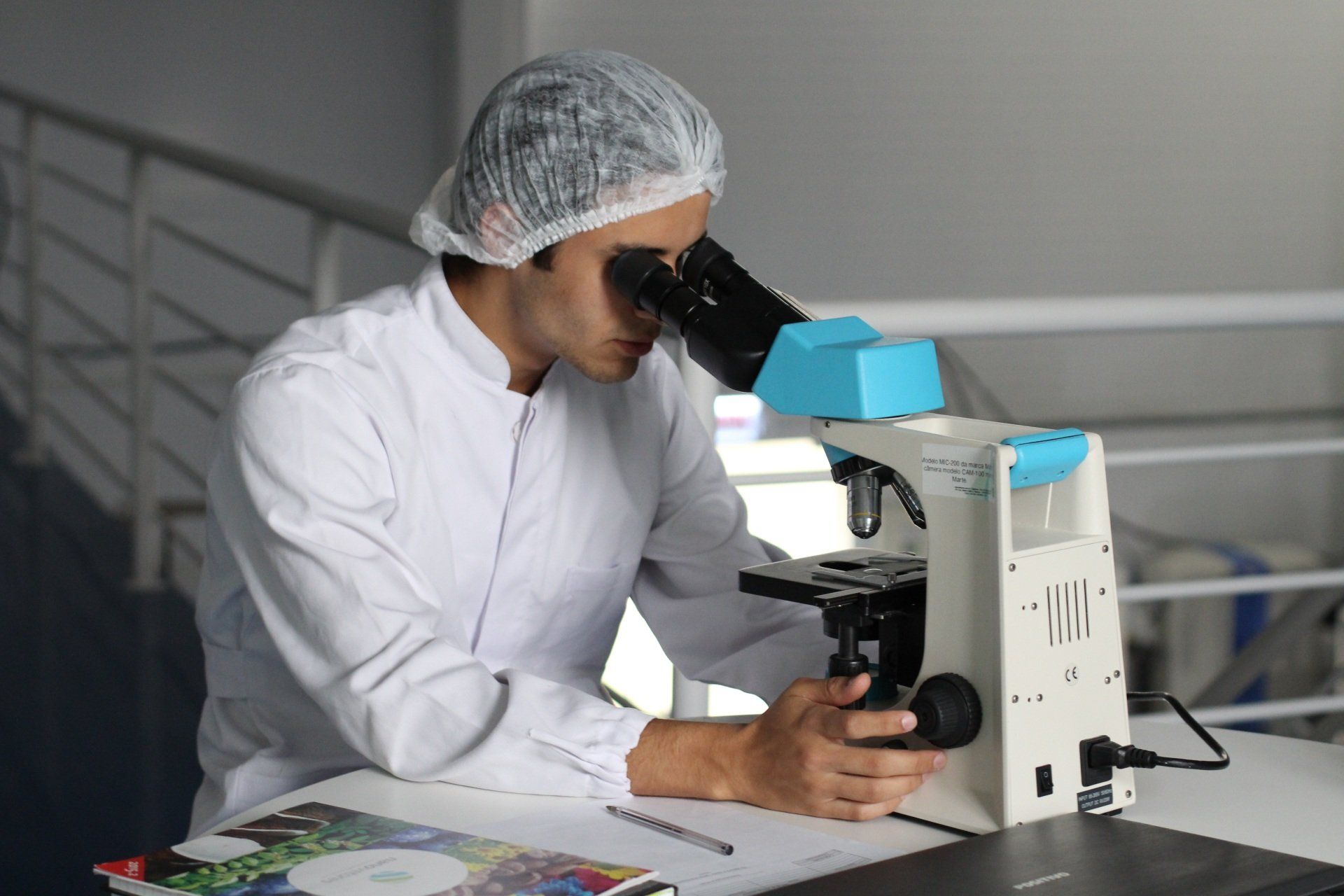Risk Assessment in GMP: Proven Tools and Techniques to Boost Compliance
- Featured Courses: Human Error Prevention (HEP) - Risk Factors and Strategies
- Integration of Risk Management Principles and Activities into the Quality System
GMP (Good Manufacturing Practices) compliance requires anticipating potential issues before they happen. A solid risk assessment strategy helps pharmaceutical and biotech teams prioritize their efforts, tighten quality control, and avoid costly mistakes.
Keep reading to learn how risk-based approaches can elevate your GMP program and help you stay ahead of regulatory expectations.

Why Risk-Based Thinking Is Essential
Risk assessment helps you allocate time, budget, and attention where they’ll make the most significant impact. Proactively identifying and controlling risk is no longer optional in regulated industries like pharmaceuticals.
Health authorities like the FDA (Food and Drug Administration) and EMA (European Medicines Agency) expect companies to implement a risk-based approach to quality by continuously evaluating what could go wrong in their processes and showing how they’re working to reduce those risks.
Tools That Make Risk Assessment Practical
There’s no one-size-fits-all method, but several proven tools can make risk evaluation more structured and effective.
- FMEA (Failure Mode and Effects Analysis): FMEA in pharmaceutical manufacturing helps identify where and how a process might fail and how severe the impact would be. It ranks each risk based on severity, likelihood, and detectability.
- HACCP (Hazard Analysis and Critical Control Points): Originally developed for food safety, HACCP for GMP compliance is beneficial when working with raw materials, microbial risks, or sensitive process steps. It identifies critical control points where a failure could compromise product quality or safety.
- Fishbone Diagrams (Ishikawa): When problems occur, fishbone diagrams help identify their root causes. Teams map out all possible contributors, people, equipment, materials, or methods so they can fix the right issue rather than applying a temporary patch.
Putting Risk Assessment Into Practice
Integrating risk assessment directly into your core GMP processes can provide stronger outcomes. Start by identifying possible hazards in your workflows. For each one, assess how likely it is to occur and how severe the outcome would be. Then, implement control measures and assign responsibility for follow-up.
This process becomes an extension of your quality management system. However, as your materials, equipment, or procedures change, so should your risk evaluations. Updating these documents prepares your team for audits and helps avoid outdated assumptions.
Stay Transparent
Auditors often look for one key thing: proof that you knew the risks and took action — a perfect example of why documentation is so important.
Be sure to record the risks you identify, the tools you use to evaluate them, and the controls you put in place. Use templates or digital risk assessment tools to help standardize the process across departments.
Collaboration is Key
Teams involving stakeholders from quality assurance, production, R&D, and the supply chain get a complete picture of what could go wrong. These cross-functional discussions can unveil blind spots that one group might miss.
They also help ensure that everyone understands why specific controls are in place, which increases compliance at every level.
Risk Assessment as a Living Process
The best GMP risk programs are reviewed and improved regularly:
- Set calendar reminders or internal quality triggers to revisit risk assessments often
- Learn from CAPA (corrective and preventative action) outcomes, deviations, and near misses, and use them to fine-tune your evaluations
Risk management becomes part of your company culture when employees feel encouraged to report issues or suggest improvements.
Mastering Risk in GMP Starts With the Right Training
Building a strong risk assessment program takes effort but leads to smoother audits, better products, and stronger teams. Companies can turn compliance challenges into a competitive advantage by using tools like FMEA or HACCP, and reinforcing them with good documentation and collaboration.
If you want to strengthen your knowledge of
risk assessment in GMP or improve how your team applies a risk-based approach to quality, CfPIE offers expert-led training designed for real-world application.
Blog Categories
Stay Informed


